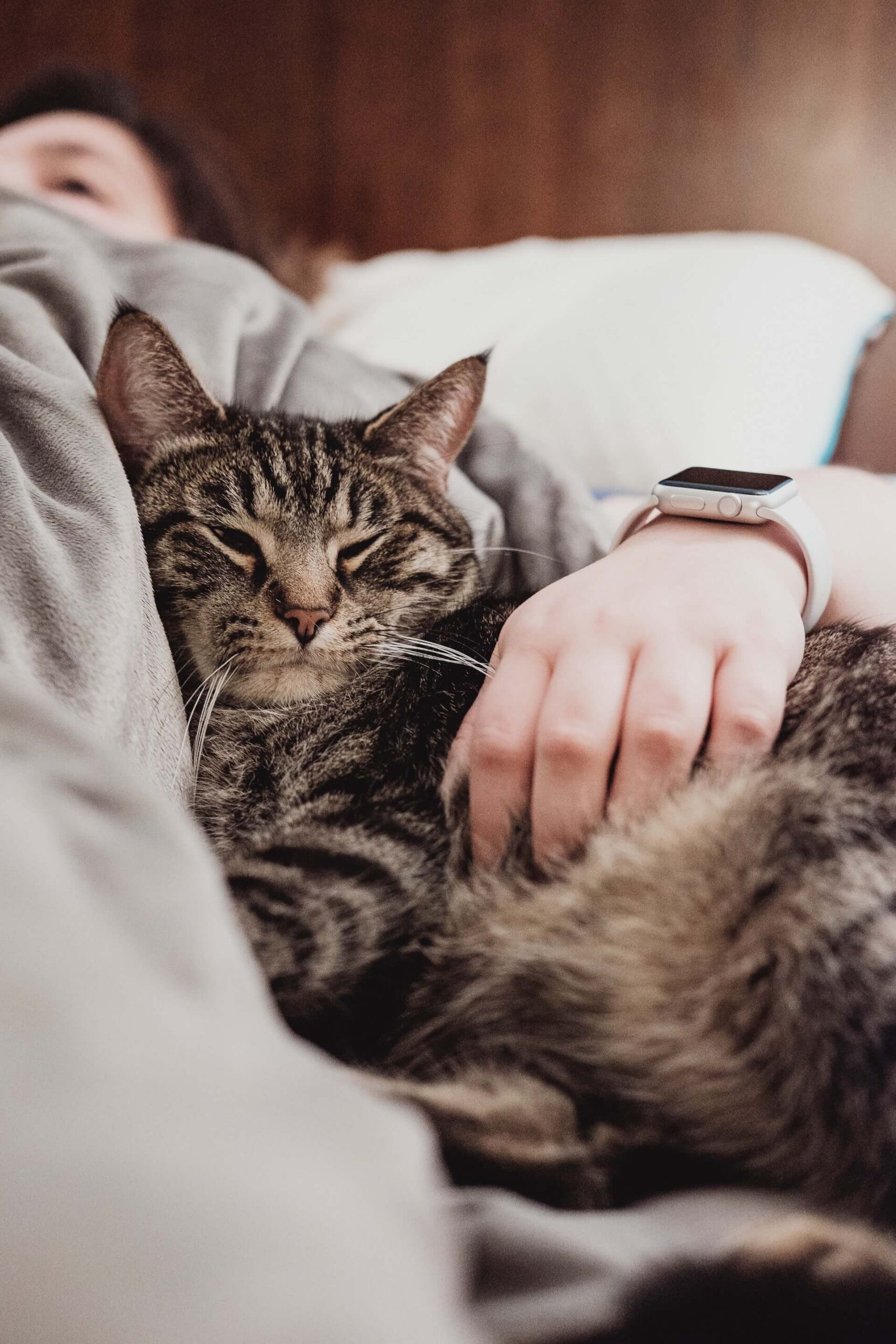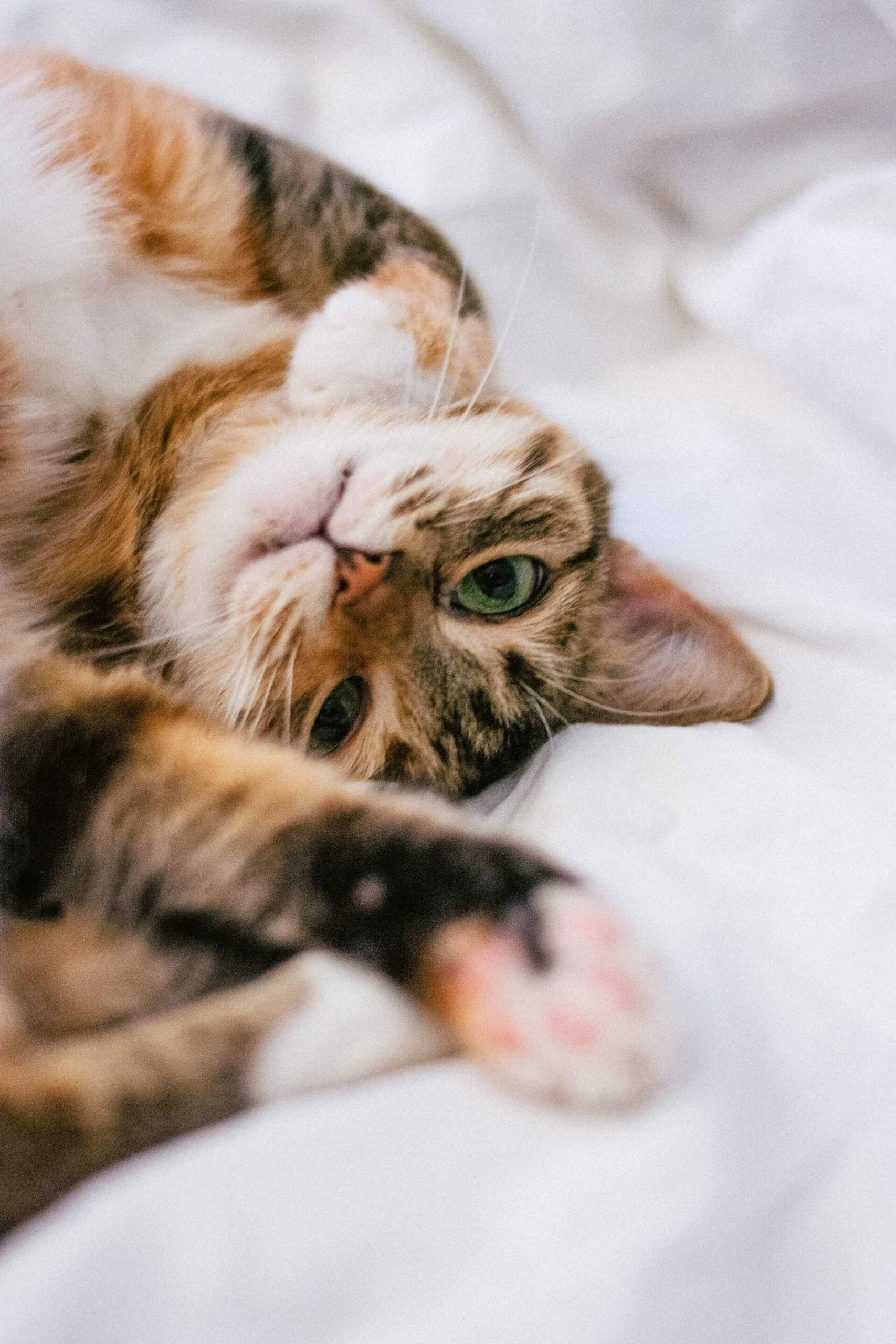Introducing a new cat into your home is a delightful and thrilling experience. These creatures, renowned for their independence and inquisitiveness, swiftly weave their way into the tapestry of your family life. Yet, with the joy of feline companionship comes the responsibility of safeguarding your newfound friend’s welfare.
Just as one would meticulously childproof a home for a toddler, cat-proofing is equally vital. It serves to avert potential mishaps, preserve your cherished possessions, and establish an environment where your cat can thrive securely.
In this comprehensive guide, we embark on an exploration of the art of cat-proofing your home effectively. Our mission is to equip you with the knowledge and tools necessary to create a haven of safety and harmony for both you and your beloved feline companion.
At the heart of this endeavour lies the focus keyword: “Cat Proofing Your Home.” Together, we will uncover the ten powerful steps that will fortify your living space, ensuring a sanctuary where your cat can flourish without worry.
Understanding the Curious Nature of Cats
Before we delve into the specifics of cat-proofing, it’s essential to understand why it’s necessary. Cats are naturally inquisitive creatures. They love to explore, climb, scratch, and investigate everything in their environment. While this curiosity is one of the endearing qualities of cats, it can also lead them into potentially dangerous situations.
Cats are agile and can jump to impressive heights, squeeze through tight spaces, and use their sharp claws to investigate or manipulate objects. As a responsible cat owner, it’s your duty to create an environment that allows your feline friend to be curious while ensuring their safety.
Cat Proofing Your Home: Tips on How to Ensure a Safe Environment
1. Identify Potential Hazards
The first step in cat-proofing your home is to identify potential hazards. Here are some common dangers to watch out for:
Toxic Plants:
Many common houseplants are toxic to cats. These include lilies, poinsettias, philodendrons, and peace lilies, among others. Even a small nibble on these plants can lead to serious health issues.
Solution: Remove or relocate any toxic plants to an area your cat can’t access. Consider cat-friendly alternatives like cat grass or catnip.
Chemicals and Cleaning Products:
Household chemicals, including cleaning products, can be extremely hazardous to cats. Ingesting or coming into contact with these substances can result in poisoning.
Solution: Store chemicals and cleaning products in locked cabinets or high shelves where your cat can’t reach them. Always securely close containers and clean up any spills immediately.
Small Objects:
Cats are notorious for batting small objects around. Items like rubber bands, hair ties, coins, and small toys can be choking hazards or cause intestinal blockages if ingested.
Solution: Keep small items out of your cat’s reach, and be vigilant about picking up small objects from the floor.
Electrical Cords:
Chewing on electrical cords is a dangerous habit that can lead to electrical shock and serious injury.
Solution: Use cord protectors or conceal cords where possible. You can also apply deterrent sprays to cords to discourage chewing.
Sharp Objects:
Sharp objects like scissors, knives, and needles can cause injuries if your cat plays with or steps on them.
Solution: Store sharp objects in drawers or cabinets where your cat can’t access them.
Human Medications:
Keep all medications, including over-the-counter drugs, in a secure medicine cabinet. Cats are sometimes attracted to pill bottles, and ingesting medication can be life-threatening.
Solution: Store medications safely and never leave pills out on countertops.
2. Secure Hazardous Areas
Certain areas of your home can be particularly dangerous for cats. Here’s how to secure them:
Kitchen:
The kitchen can be a hazardous place for cats. Hot stovetops, boiling pots, and spilled foods can cause burns or ingestion of harmful substances.
Solution: Keep your cat out of the kitchen when you’re cooking. Use baby gates or closed doors to create a physical barrier if necessary.
Bathrooms:
Bathrooms contain various potential dangers for cats. Open toilets can be enticing but pose a drowning risk. Personal care products like shampoos, soaps, and lotions can be toxic if ingested.
Solution: Always close toilet lids to prevent your cat from falling in. Store personal care products in closed cabinets.
Laundry Room:
Laundry detergents and dryer sheets may attract cats due to their strong scents. Ingesting these substances can be harmful.
Solution: Keep laundry detergents and dryer sheets out of your cat’s reach, and ensure that laundry room doors are closed when not in use.
3. Remove or Secure Tempting Objects
Cats are notorious for playing with and sometimes ingesting small objects. Here’s how to prevent accidents:
Chewable Items:
Remove or secure items like rubber bands, hair ties, and loose strings. Cats may find these objects irresistible but can swallow them, leading to serious health issues.
Solution: Keep these items out of your cat’s reach and dispose of them properly.
Household Items:
Cats are fascinated by items like paper towels, tissues, and plastic bags. These can be choking hazards if chewed on or ingested.
Solution: Store these items in closed drawers or cabinets.
4. Provide Safe Toys and Scratching Posts
Cats have a natural instinct to scratch and play. Provide safe toys and scratching posts to fulfill these needs and keep them entertained. This helps prevent them from damaging furniture and keeps them mentally and physically stimulated.
Solution: Invest in a variety of cat toys, scratching posts, and interactive playthings. Rotate toys regularly to keep your cat engaged.
5. Secure Heavy Furniture and Objects
Cats love to climb and explore, and they may jump onto furniture or shelves. Ensure heavy items are securely anchored to prevent them from toppling over if your cat decides to investigate.
Solution: Use wall anchors or brackets to secure bookshelves, cabinets, and heavy decorations to the wall. Make sure there are no precarious items on high shelves that could fall and injure your cat.
6. Use Baby Gates and Barriers
Baby gates and barriers can be useful tools to keep your cat out of certain rooms or areas, especially if you have multiple pets or need to separate your cat for any reason. They can be particularly handy for keeping your cat out of the kitchen or other hazardous areas.
Solution: Install baby gates at the entrances to rooms or areas you want to keep off-limits to your cat. Make sure they are tall enough and secure to prevent your cat from jumping over them.
7. Window and Balcony Safety
Cats love to watch the world outside, but open windows or balconies can be dangerous. Here’s how to ensure window and balcony safety:
Windows:
Cats may jump onto windowsills and attempt to climb or explore open windows. If your home is not on the ground floor, an open window can lead to a dangerous fall.
Solution: Install window screens or guards to prevent falls. Ensure screens are securely in place and free of holes or tears.
Balconies:
If you have a balcony, ensure the railing is secure and too narrow for your cat to slip through. Cats can easily squeeze through small spaces or attempt to jump from high balconies.
Solution: Install additional netting or protective barriers if needed to prevent your cat from falling or attempting risky jumps.
8. Hide or Secure Small Pets
If you have small pets like hamsters, gerbils, or birds, take precautions to keep them securely contained in rooms or enclosures that your cat can’t access.
Solution: Ensure that cages or enclosures are securely locked and out of your cat’s reach. Cats have a strong prey drive, and even the best-behaved cat may be tempted to investigate or attempt to play with smaller pets.
9. Regularly Check for Hazards
Periodically check your home for potential hazards. Cats are curious, and new items or hazards can appear over time. Inspect your home from a cat’s perspective by getting down on the floor and looking for anything that might be enticing or dangerous.
Solution: Regularly assess your home for new dangers or items that your cat might find interesting. Be proactive in addressing potential hazards as they arise.
10. Create a Cat-Friendly Space
While cat-proofing is about eliminating hazards, it’s equally important to create a cat-friendly environment. Here are some tips:
Provide a Variety of Toys:
Cats need mental and physical stimulation. Offer a range of toys, including interactive toys, feather wands, and puzzle feeders.
Solution: Rotate your cat’s toys to keep them engaged. Cats often become bored with toys they’ve seen for a while, so periodically introduce new ones.
Scratching Posts:
Cats scratch to mark their territory and keep their claws healthy. Provide scratching posts in various locations throughout your home.
Solution: Choose sturdy and stable scratching posts covered in cat-friendly materials like sisal rope or cardboard.
Cozy Resting Spots:
Create cozy spots for your cat to rest and observe their surroundings. Cats love to perch in high places to keep an eye on things.
Solution: Provide cat beds, soft blankets, or even cat trees with elevated platforms where your cat can relax.
Access to Food and Water:
Ensure your cat has access to clean water and nutritious food at all times. Place water bowls in multiple locations throughout your home.
Solution: Fresh water is essential. Clean and refill water bowls regularly to encourage proper hydration.
A Safe and Happy Home for Your Cat
Cat-proofing your home is a crucial step in ensuring the safety and well-being of your feline friend. By identifying potential hazards, securing dangerous items, and providing a cat-friendly environment, you’ll create a space where your cat can explore, play, and relax without unnecessary risks. With a little effort and vigilance, you can provide a safe and loving home where both you and your cat can enjoy a harmonious and fulfilling life together. Remember that while cats are curious and sometimes mischievous, they also rely on you to protect them from harm and create a safe haven they can call home.




